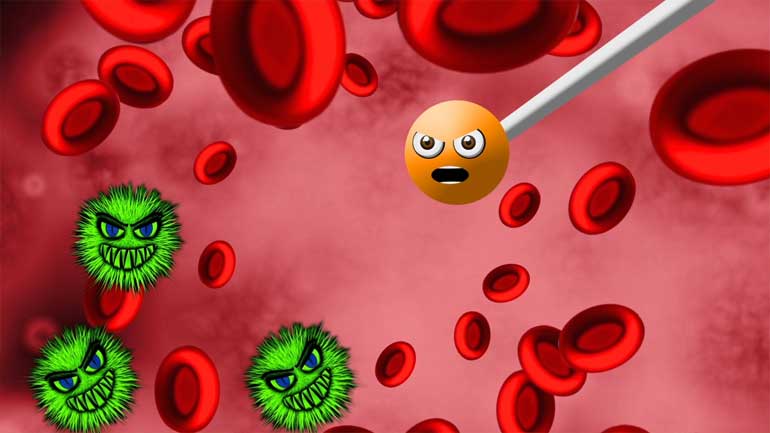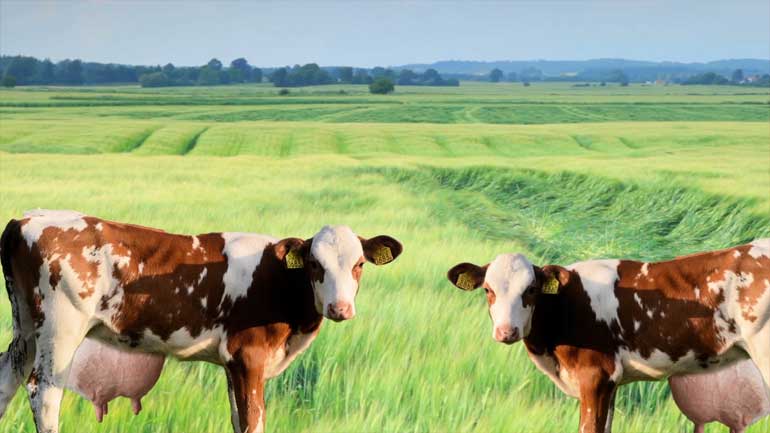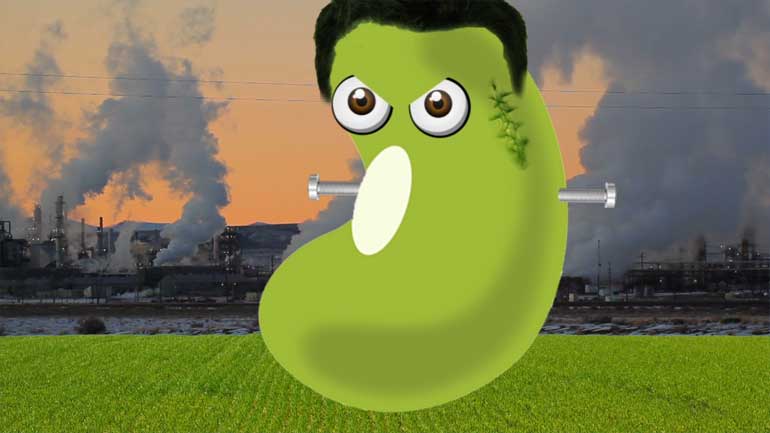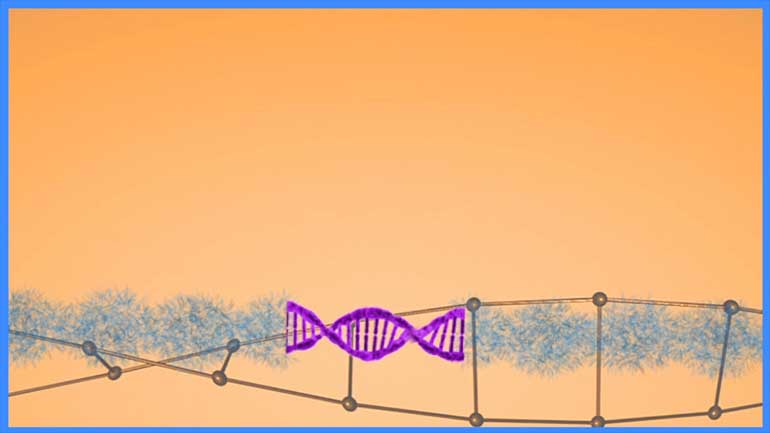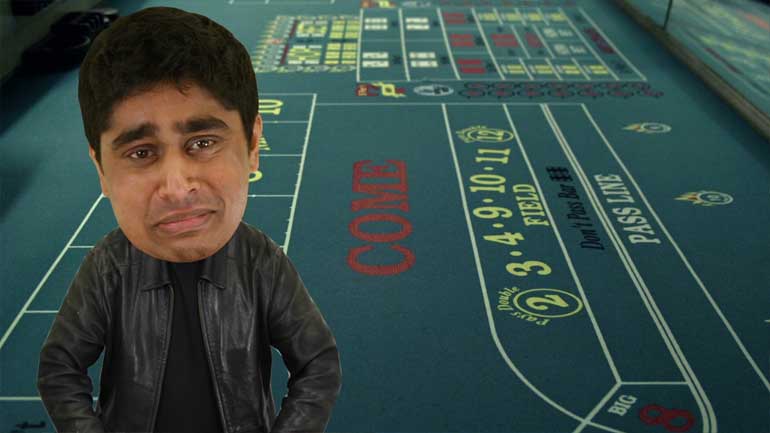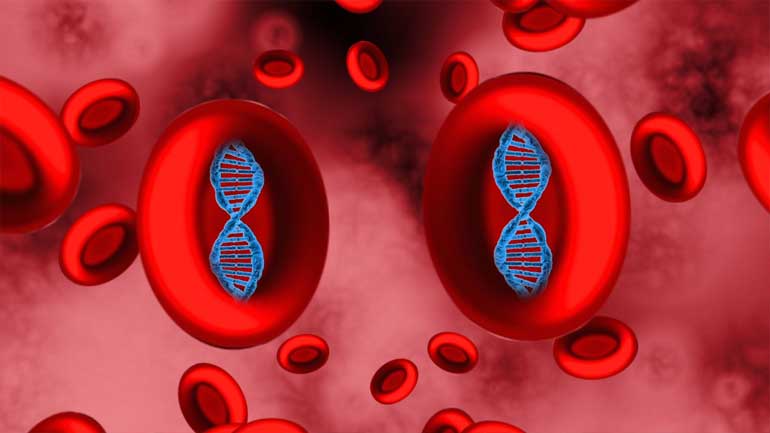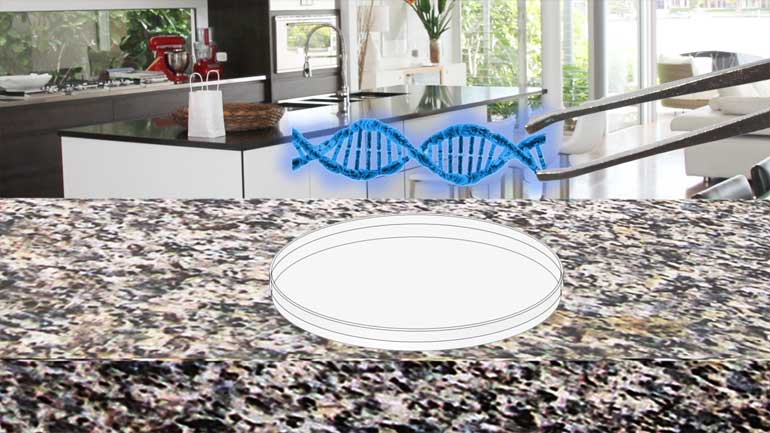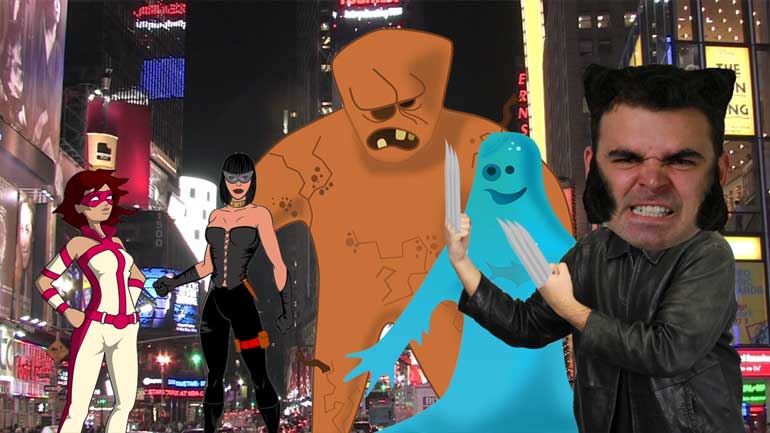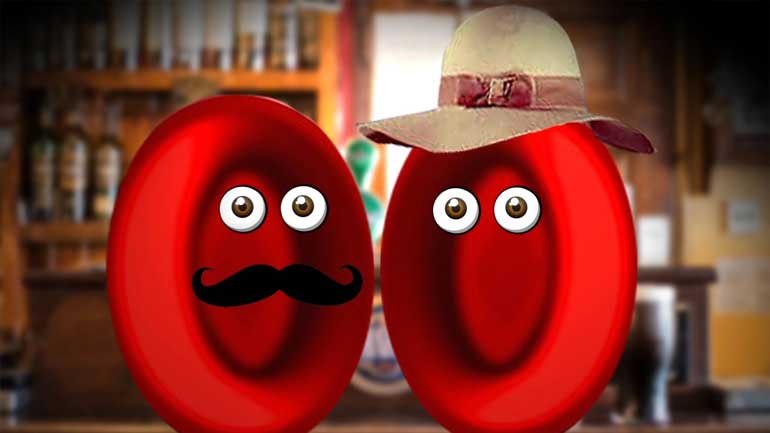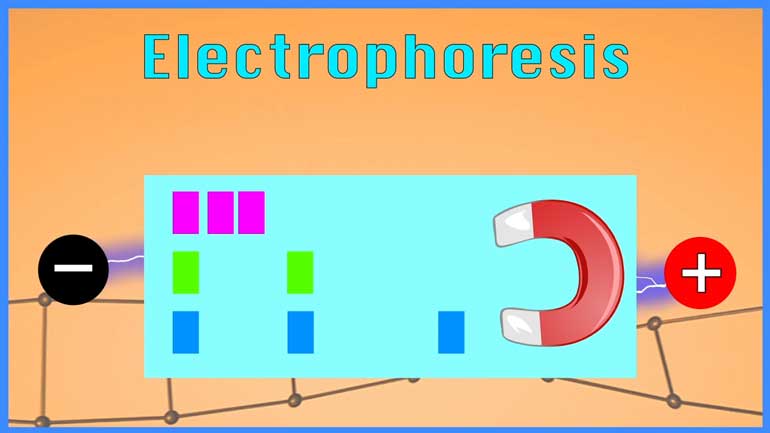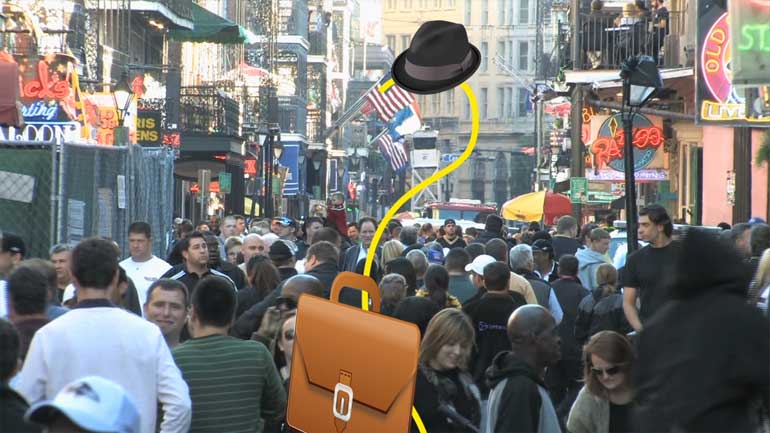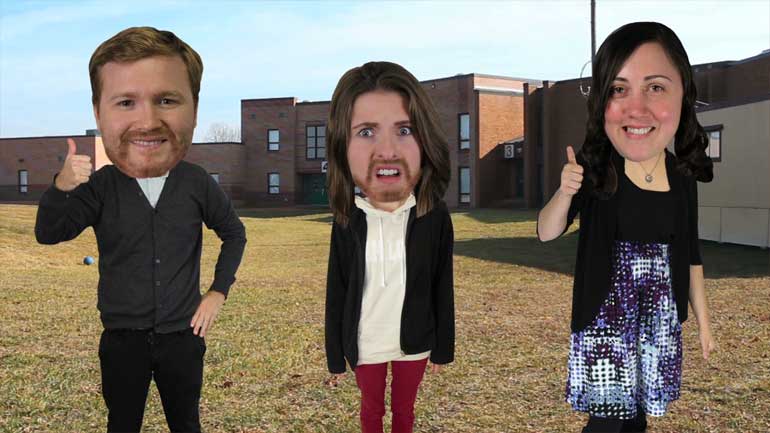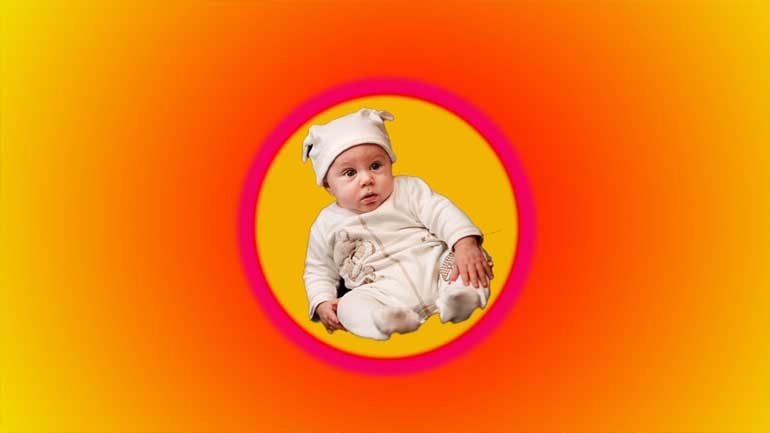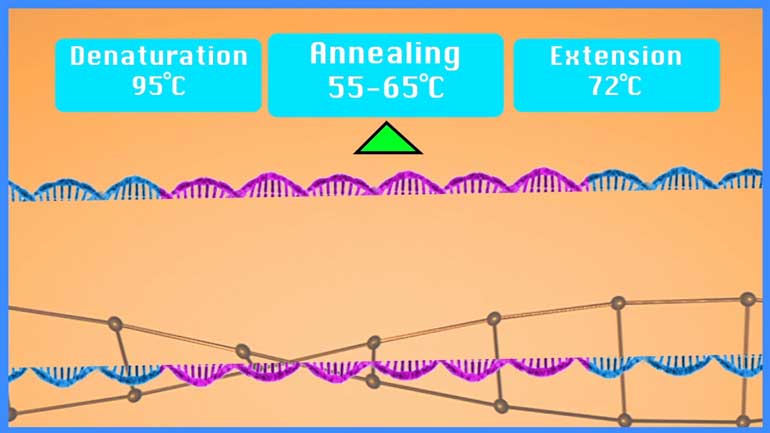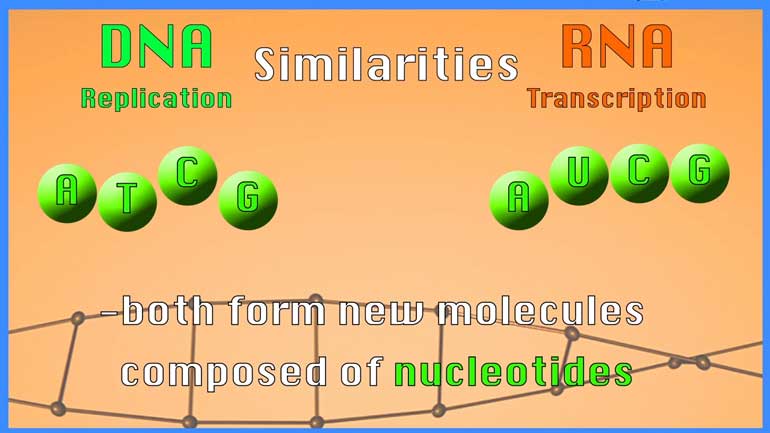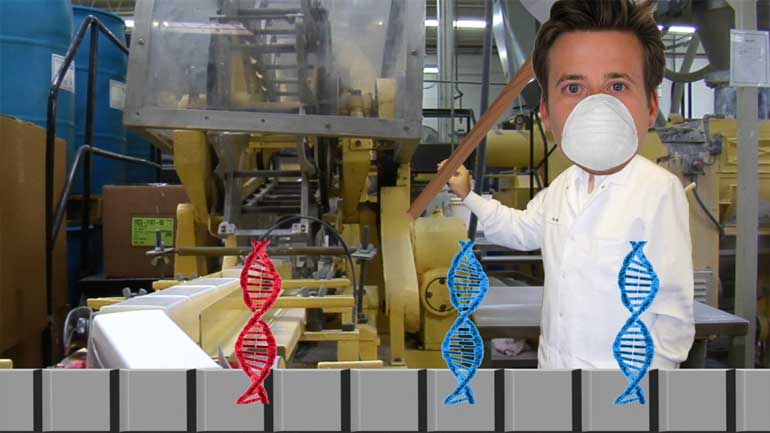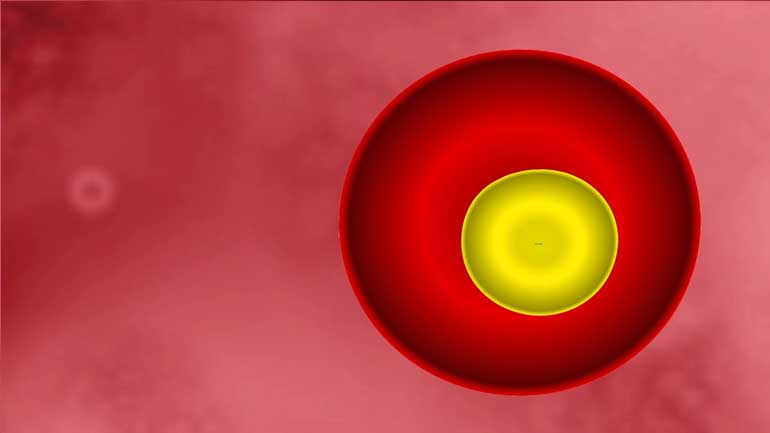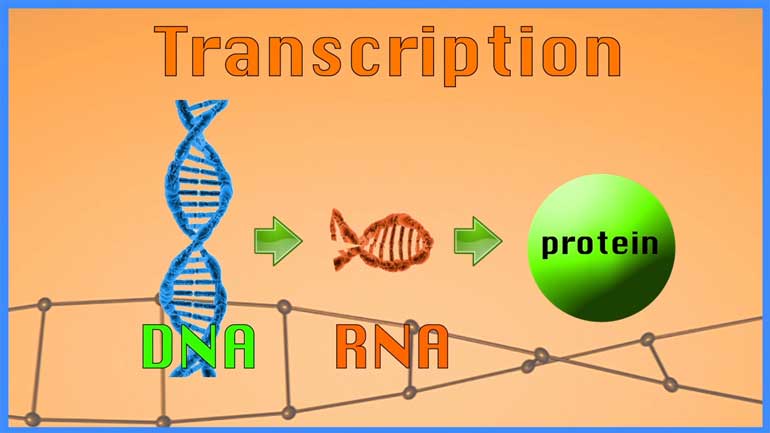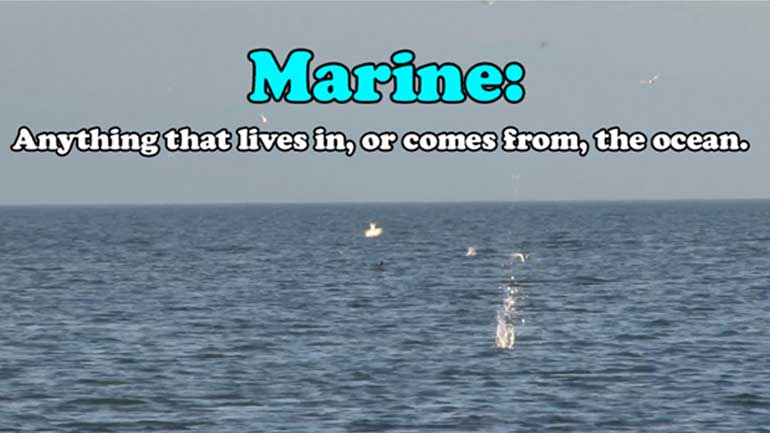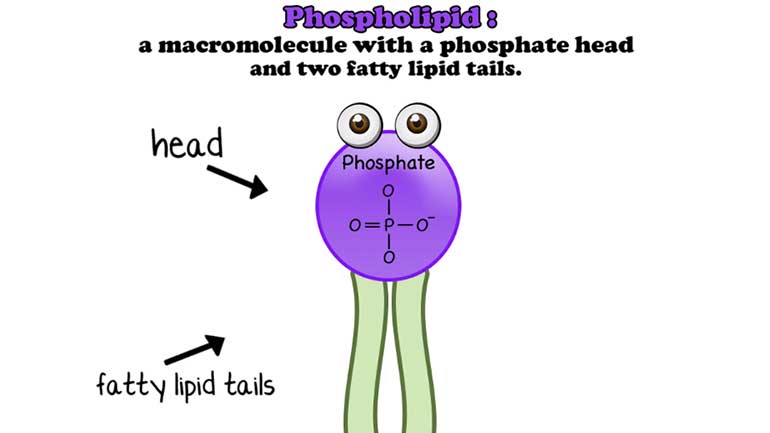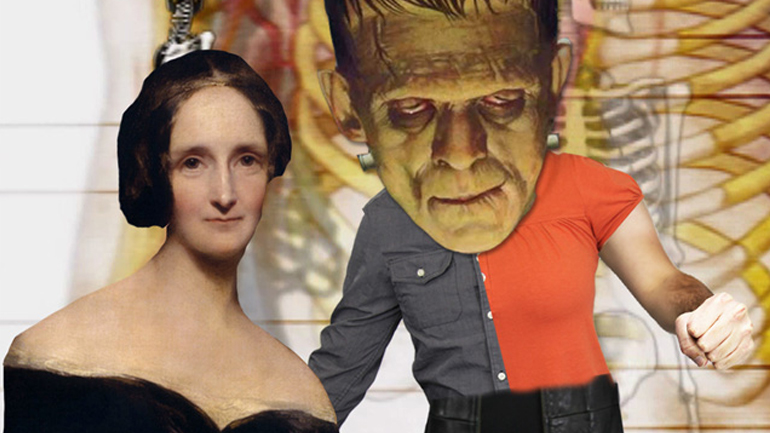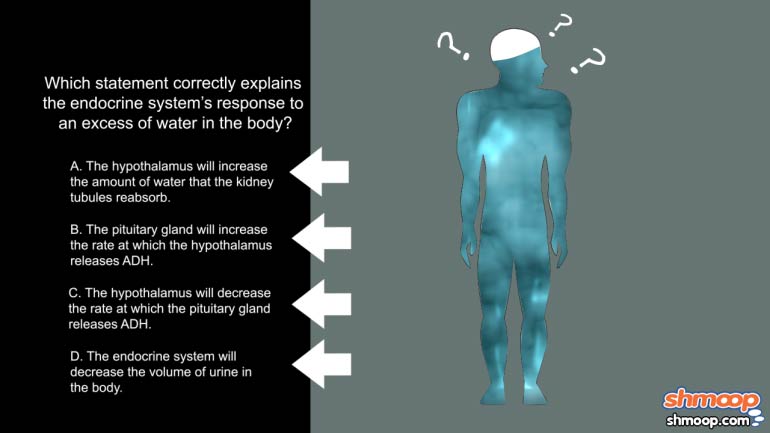ShmoopTube
Where Monty Python meets your 10th grade teacher.
Search Thousands of Shmoop Videos
Molecular Genetics Videos 21 videos
In this video from our course on molecular genetics, learn all about grant applications.
In this video from our course on molecular genetics, learn all about biotech in the real world.
In this video from our course on molecular genetics, learn all about animal cloning.
Molecular Genetics: Replication vs. Transcription 351 Views
Share It!
Transcript
- 00:16
Okay, we're back with Shmoop Biology, and we're talking about transcription and RNA processing with Dr. Ruth.
- 00:23
So what are some similarities and differences between transcription and replication?
- 00:32
They both start with a DNA template.
- 00:36
They both involve a polymerase, so either DNA polymerase or RNA polymerase.
- 00:41
They both form new molecules that are composed of nucleotides.
Full Transcript
- 00:46
So those are some of the similarities.
- 00:48
Differences? I think the main ones... One is that DNA replication happens over the whole genome, right? Like, all the DNA needs to be replicated when a cell divides.
- 00:55
Whereas only certain genes get turned on and transcribed at certain times.
- 00:59
So for transcription, the polymerase really needs to know where to start and where to stop.
- 01:04
For replication, it's kind of just...do the whole thing.
- 01:07
So that's really interesting. So this is, in the 23 chromosomes, it's gonna hop, and there's some that are just not lit up when it's transcribing?
- 01:15
Yeah. There are tons of genes on each of our chromosomes. So there's probably a few on each chromosome at any given time.
- 01:20
But, you know, if a cell is dividing, a certain set of genes will be turned on.
- 01:25
If a cell is just kind of sitting there, then it's gonna be a different set of genes.
- 01:28
And it just skips over it, like you're in the express, not the local train.
- 01:35
Another five-dollar word: what is a poly-A tail?
- 01:40
So that's another important difference between transcription and DNA replication.
- 01:44
RNA gets processed after it's made. So you go through the process of transcription, and you end up with an RNA molecule that isn't really mature...
- 01:50
You need to get some changes to it. And one of those changes is you have to add on a tail to the end of it.
- 01:55
It's a bunch of A nucleotides.
- 01:58
So these are just placeholders so that everything matches up sequentially?
- 02:02
It's basically added to the end. So it doesn't really need to match up, but there's just a sequence at the end.
- 02:05
To be honest with you, I have no idea what those do... sorry!
- 02:07
Ha, okay, then it can't be that important. PhD here...don't worry about it.
- 02:12
And that's it for Lesson 7. We're gonna move on to the next one.
Related Videos
In this video, we dive beneath the sea to review the kinds of interesting animals that live in the deep blue.
Anything that has a cell (bacteria, listen up!) has phospholipids that keep the cell contained and give it form and shape. Phospholipids protect us...
GMOs. Now that’s a scary word. Or is it? Guess it’s time to ask ourselves: WWMST? ...For those of us who don’t constantly ask ourselves “wh...

